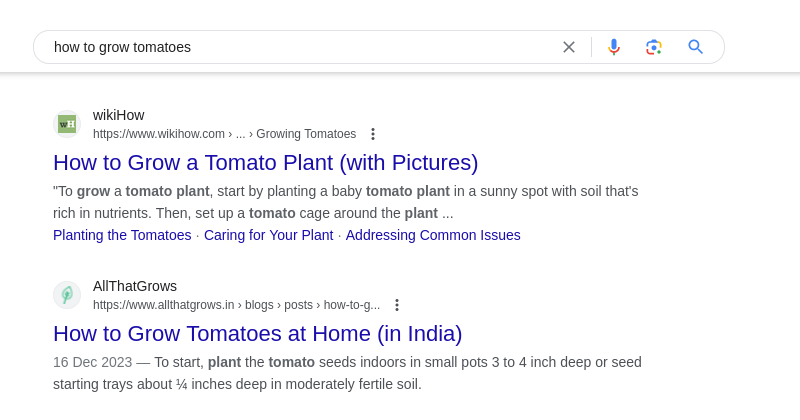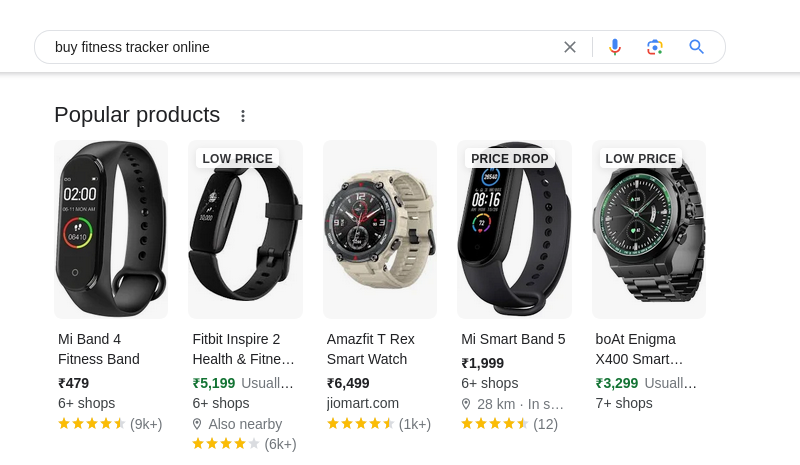SEO for Beginners — A Guide to Search Intent of Keywords
Let’s explore the intricacies of search intent in keywords and how it influences the creation of compelling and relevant content.
Looking to start your search engine optimization (SEO) journey? Whether you want to make a career in SEO or you are a business owner looking to expand your digital footprint using your website, you need to understand the concepts of SEO. Specky Geek presents to you SEO for Beginners, a series of articles for comprehensive understanding of SEO.
Search keywords are not just mere words. Each and every keyword or phrase that a user types in the search query has an intent in the mind. Understanding the intent or purpose of the search is critical aspect of SEO.
What is Search Intent in SEO?
In SEO, search intent refers to the purpose or goal behind a user’s online search. It’s the reason why someone enters a specific query into a search engine. Understanding search intent is crucial for creating relevant and effective content that aligns with what users are looking for. There are generally four main types of search intent:
Understanding and utilizing the power of user intent is an important aspect of SEO. An effective SEO content strategy must understand and meet the expectations of individuals searching for information.
Types of Search Intent in Keywords
Search intent encapsulates the purpose behind a user’s search query. It defines the reasons why someone types specific words into a search engine. There are generally four main types of user intent:
- Informational Intent: Users seek information or answers to questions. Example keywords include “how to tie a tie” or “history of the Eiffel Tower.”
- Transactional Intent: Users intend to make a purchase or engage in a specific online transaction. Keywords indicative of transactional intent include “buy red high heels” or “book a flight to Paris.”
- Commercial Research (Investigational) Intent: Users are in the research phase and are considering a purchase but haven’t decided yet. Keywords might include “best laptops 2024” or “reviews of smartwatches.”
- Navigational Intent: Users are looking for a specific website or webpage. Examples include brand names or specific online platforms like “Facebook login” or “YouTube homepage.”
How to Create Content Based on Search Intent?
Once you understand the objective of a search query, you need to create content that meets the expectations of the user. Each search intent is unique and demands a different content strategy.
Creating Content or Informational Intent
When the purpose of search is to gather information, visitors are seeking knowledge or answers. To fulfill this intent, one needs to create content that provides comprehensive and well-researched information. For instance, if the keyword is “how to grow tomatoes,” the content should offer step-by-step guides, tips, and perhaps video tutorials to assist users in successfully growing tomatoes.

Creating Content for Transactional Intent
When people are ready to make a purchase, your website content should facilitate a smooth transaction. If the keyword is “buy fitness tracker online,” your webpage content should include product details, pricing, and easily discoverable purchase or buy buttons or navigation to the purchase page, enhancing the user’s journey from search to transaction.

In product pages targeting purchase intent, you should also include Schema tags for products. It helps search engine showcase your products.
Creating Content for Commercial Investigation Intent
Users in the research phase are comparing options and gathering information. Content addressing this intent should provide detailed comparisons, reviews, and insightful information to aid decision-making. For example, if the keyword is “best budget smartphones 2024,” the content should compare features, prices, and user reviews.
Creating Content for Navigational Intent
With navigational intent, users are looking for a specific website or page. If your website is what they seek, ensure that your content and keywords reflect this. For example, if users are searching for “Nike official website,” having a clear and accessible homepage with the relevant keywords is crucial for user satisfaction.

Aligning Search Intent and Content
When you match what users want with your content, that’s when digital success happens. By aligning your content with what users are looking for, you not only meet their needs but also make your website a valuable source in your field. This not only makes your content more relevant but also helps your website rank higher on search engines, bringing in more organic traffic over time.

